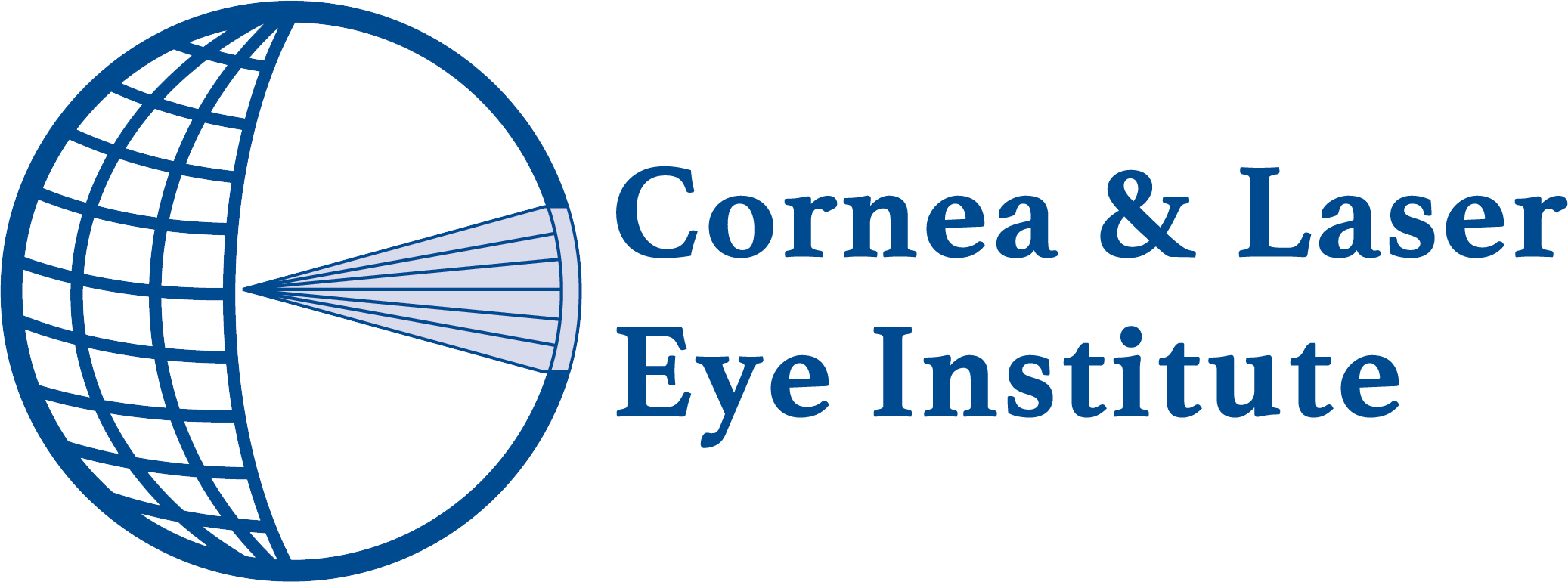Keratoconus is a progressive eye condition that can impact not only the patient but also their family members. For families, understanding keratoconus, risk factors, treatment options, and importance of early screening is essential for providing support and preventing complications. Understanding Vision with Keratoconus Keratoconus can have a massive impact on quality of life. Halo, glare, […]
Read More
Posted by Cornea and Laser Eye Institute on July 18, 2025
Keratoconus is a progressive condition that weakens and thins the cornea, leading to an irregular corneal shape and distorted vision. If you have been diagnosed with keratoconus, it is vital to consider the risk of your children developing keratoconus and take proactive steps to safeguard their vision. Family history and early screening play pivotal roles […]
Read More
Posted by Cornea and Laser Eye Institute on July 4, 2025
Overview Scleral lenses can dramatically improve vision and comfort for people with keratoconus, dry eye, and other corneal conditions—but putting them on and taking them off takes practice. Whether you’re new to lenses or looking for a refresher, here are some of the top tips covered in this guide: Scleral lenses are becoming increasingly being […]
Read More
Posted by Cornea and Laser Eye Institute on July 1, 2025
Teaneck, NJ – The independent review board at NJ Top Docs has designated Steven A. Greenstein, MD, FACS—Medical Director and Director of Refractive Surgery at the Cornea & Laser Eye Institute (CLEI)—as a 2025 NJ Top Doc. This recognition places Dr. Greenstein among the most trusted ophthalmologists and LASIK surgeons in New Jersey and signals […]
Read More
Posted by Cornea and Laser Eye Institute on July 1, 2025
Understanding Keratoconus: A Progressive Eye Condition Keratoconus is a progressive eye disorder that affects the shape of your cornea, the clear front surface of your eye. In this condition, the normally round cornea begins to thin and bulge outward, taking on a cone-like shape. This distortion can lead to significant vision problems, including blurry or […]
Read More
Posted by Cornea and Laser Eye Institute on June 18, 2025
Understanding Keratoconus: An Overview of the Eye Disease Keratoconus is a progressive eye condition that affects the shape of your cornea, the clear front surface of your eye. In this disorder, the normally round cornea thins and begins to bulge into a cone-like shape. This distortion can cause significant vision problems, including blurriness, glare, and […]
Read More
Posted by Cornea and Laser Eye Institute on April 3, 2025
Understanding Keratoconus: A Brief Overview Keratoconus is a progressive eye condition that affects the shape of your cornea, the clear front surface of your eye. In this disorder, the normally round cornea thins and begins to bulge into a cone-like shape. This distortion can cause significant vision problems, including blurriness, glare, and sensitivity to light. […]
Read More
Posted by Cornea and Laser Eye Institute on April 1, 2025
Understanding Corneal Crosslinking: A Brief Overview Corneal crosslinking (CXL) is a revolutionary treatment designed to halt the progression of keratoconus, a progressive eye condition that causes the cornea to thin and bulge into a cone-like shape. This innovative procedure strengthens the corneal tissue by creating new bonds between collagen fibers, effectively stabilizing the cornea’s shape […]
Read More
Posted by Cornea and Laser Eye Institute on February 21, 2025
What are Scleral Lenses? Scleral lenses are a specialized type of contact lens made of rigid gas permeable (RGP) material. These lenses differ from traditional contact lenses in several key ways. Unlike other contacts that touch the cornea, scleral lenses are designed to vault over the entire cornea and rest on the white part of […]
Read More
Posted by Cornea and Laser Eye Institute on February 10, 2025
Understanding Corneal Cross-Linking: A Breakthrough Treatment Corneal cross-linking (CXL) has emerged as a revolutionary treatment for various corneal disorders, particularly for those suffering from post-LASIK ectasia. This innovative procedure aims to strengthen the cornea, halting the progression of corneal thinning and distortion. As a patient dealing with post-LASIK complications, you may find yourself searching for […]
Read More
Posted by Cornea and Laser Eye Institute on January 30, 2025













